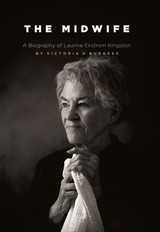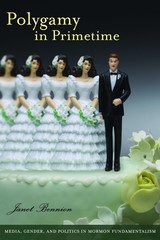
Musser’s devotion to Joseph Smith’s vision and the faith’s foundational texts reflected a widespread uneasiness with, and reaction against, changes taking place across society. Rosetti analyzes how Musser’s writing and thought knit a disparate group of outcast LDS believers into a movement. She also places Musser’s eventful life against the backdrop of a difficult period in LDS history, when the Church strained to disentangle itself from plural marriage and leaders like Musser emerged to help dissident members make sense of their lives outside the mainstream.
The first book-length account of the Mormon thinker, Joseph White Musser reveals the figure whose teachings helped mold a movement.

Another illegal aspect of her life was her marriage to Leon Kingston, son of another Mormon fundamentalist leader, Charles Elden Kingston. Determined to live the principle of polygamy, Leon married Laurine’s sister Rowenna as well. Leon could not have foreseen that his sister wives would one day become activists, sheltering and advising young polygamist women who had been abused by their husbands. This activism made the sisters unpopular with some extended family. Leon, however, stood by his wives.
Laurine was born in rural Idaho in the 1930s. Her family moved to Bountiful, Utah, and then Salt Lake City in the late 1930s and mid-1940s. In this captivating biography, we learn of her struggle as a teenager to obtain a college education and to succeed as a nurse. More importantly, we learn about the methodology and lore of a modern midwife and the personality of a woman whose comforting way and advocacy of natural childbirth has made her a heroine to many. The same gift that allowed her to understand and assist women dealing with troubled marriages made her a successful midwife.

READERS
Browse our collection.
PUBLISHERS
See BiblioVault's publisher services.
STUDENT SERVICES
Files for college accessibility offices.
UChicago Accessibility Resources
home | accessibility | search | about | contact us
BiblioVault ® 2001 - 2024
The University of Chicago Press









